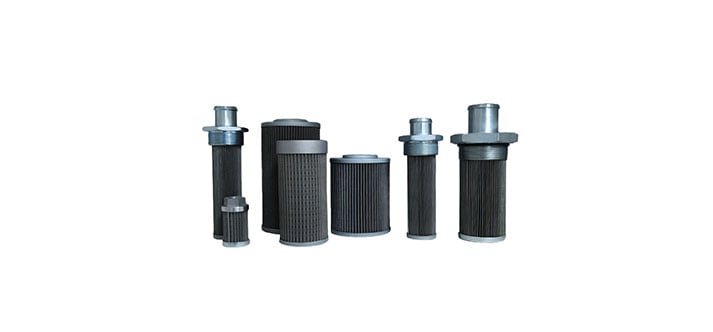Filtration accuracy is a key indicator to measure filtration performance, usually in microns (μm) as a unit, indicating the size of the pore size of the filter element, that is, the largest particle size that can pass through the filter. Here are a few key steps and considerations to determine filtration accuracy:
1. Understand nominal accuracy and absolute accuracy:
(1) The nominal accuracy is an arbitrary micron value provided by the filter manufacturer, and the use of this filtration accuracy is gradually decreasing due to the poor repeatability of the test results.
(2) Absolute accuracy is the maximum spherical particle diameter that can pass through the filter under certain test conditions, representing the maximum aperture size of the filter element.
2. Understand the filter ratio:
The filter ratio is the ratio of the number of particles larger than a given size (X) upstream of the filter to the number of particles larger than the same size (X) downstream, also known as the Bate value, symbol "β".
3. Consider the number of filter mesh:
The mesh number of the filter refers to the number of mesh per square inch of the area, and different mesh numbers correspond to different filtration accuracy, which can be determined by the comparison table.
4. Selection of detection means of the filter element:
(1) Bubble point test: by measuring the pressure difference on both sides of the microporous film to determine the filtration accuracy, suitable for the detection of filter materials with irregular pore size.
(2) Filtration efficiency: According to the membrane aperture and membrane aperture distribution to evaluate the filtration accuracy of the filtration product.
(3) Bacterial challenge: For the debacteria-grade filter element, specific microorganisms are used for challenge certification to determine its filtration accuracy.
(4)SEM photos: The image taken by the electron microscope is used to observe and measure the aperture size, but there may be uneven results caused by differences in sampling points.
5. Consider the nominal unit of the manufacturer:
Different manufacturers may use different nominal units to indicate the accuracy of the filter element, which may lead to confusion in the understanding of filter accuracy in the market.
6. Pay attention to the differences in detection methods:
Different detection methods may lead to different nominal accuracy of filter elements, so this needs to be taken into account when comparing the filtration accuracy of different filter elements.
7. Use of conversion table :
The mesh number can be converted to the corresponding filtration accuracy (micron) by using the conversion table, which is easy to compare and select between different products.
8. International application requirements:
According to the actual application scenario and the characteristics of the fluid, determine the required filtration accuracy to ensure that the filtration effect meets the specific requirements.

